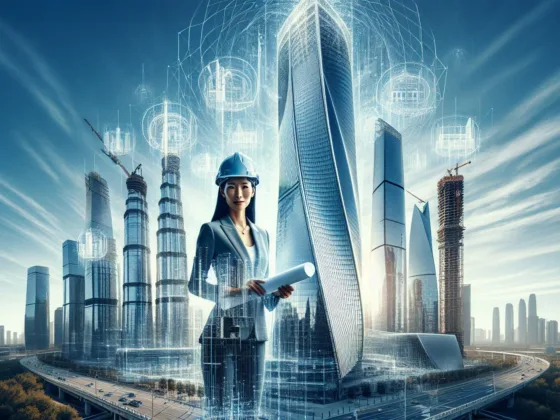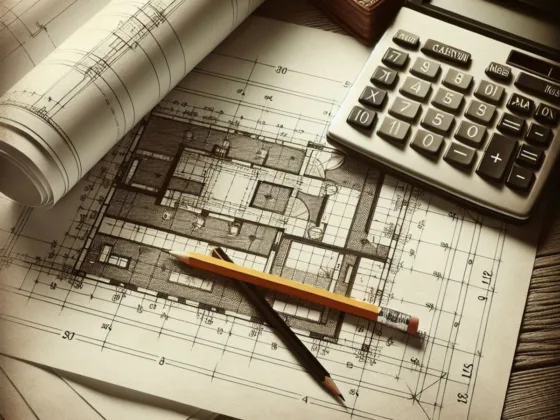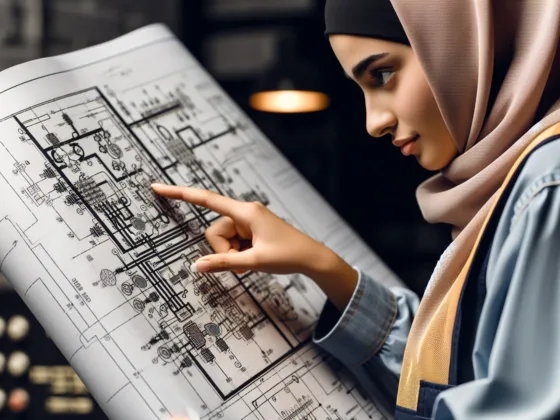Table of ContentsShow
Introduction
When it comes to constructing a new building, looking beyond the price tag can reveal some interesting facts about metal buildings. These strong structures are not just a passing fad; they’re a wise investment with long-term cost savings that can make you very happy in the future.
Metal buildings have many advantages, but let’s focus on their financial benefits. The real value of these buildings goes beyond their initial cost—it lies in the money you can save over time. From being energy efficient to lasting longer, metal buildings are like a present that keeps on giving.
Why Metal Buildings?
- Energy Efficiency: Metal buildings often have better insulation options compared to traditional materials. This means lower utility bills for heating and cooling.
- Durability: Metal is a strong material that can withstand harsh weather conditions and resist damage from pests or rot.
- Sustainability: Metal buildings can be designed with eco-friendly practices in mind, which is good for the environment and your finances.
If you’re thinking about improving your current space, you may find useful ideas in home decor hacks that save both time and money. Or if you’re planning a bigger renovation project with metal elements, check out this home renovation guide for inspiration on incorporating those elements seamlessly into your design.
Let’s explore the long-term cost benefits of metal buildings together. Ready to become a smart building enthusiast? Keep reading!
1. Analyzing the Long-Term Savings Potential of Metal Buildings
Metal buildings are known for their affordability, but their true value goes beyond the initial price. In this section, we’ll take a closer look at the long-term savings and operational efficiency benefits that make metal buildings a smart choice for budget-conscious individuals and businesses.
1.1 Energy Efficiency and Sustainability Benefits

One of the key advantages of metal buildings is their energy efficiency. This not only helps reduce monthly utility bills but also contributes to creating a more sustainable environment. Let’s explore how energy efficiency plays a role in long-term cost savings for metal buildings.
1.1.1 Reduced Heating and Cooling Costs
Proper insulation is crucial for maintaining comfortable indoor temperatures and minimizing the need for excessive heating or cooling. Metal buildings can be equipped with various insulation materials and techniques to achieve optimal energy efficiency:
- Radiant barriers: These reflective materials are installed in the roof or walls to prevent heat transfer by reflecting radiant heat away from the building.
- Spray foam insulation: This type of insulation creates an air-tight seal, effectively preventing drafts and reducing energy loss.
When combined with high-quality doors, windows, and seals, these insulation methods can significantly improve thermal performance in metal buildings, leading to lower heating and cooling expenses throughout the year.
1.1.2 Impact of Roof Color on Energy Usage
The color of a metal roof can also impact energy consumption within a building. Light-colored or reflective roofs have higher solar reflectance, meaning they reflect more sunlight back into the atmosphere instead of absorbing it.
By installing light-colored metal roofs on buildings located in hot climates or regions with intense sunlight, property owners can potentially:
- Reduce indoor heat gain
- Lower cooling demands
- Decrease reliance on air conditioning systems
This simple design choice can result in substantial energy savings over time.
1.1.3 Harnessing Solar Power with Metal Roofs
Another energy-related advantage of metal buildings is their compatibility with solar panel installations. Many metal roofs are structurally strong enough to support the weight of solar panels without requiring additional reinforcement.
By going solar, property owners can:
- Generate their own clean energy
- Offset electricity usage from the grid
- Potentially earn credits or payments through net metering programs
Metal buildings with solar-ready roofs have a distinct advantage in terms of long-term cost savings and environmental sustainability.
1.1.4 Environmental Benefits of Recycled Steel
When it comes to sustainability, metal buildings have an edge due to their extensive use of recycled materials, particularly steel. The steel used in these structures is often made from recycled cars, appliances, or industrial byproducts.
This practice offers several environmental benefits:
- Reduces the demand for new steel production, which requires significant amounts of energy and raw materials
- Minimizes waste by giving new life to existing steel resources
- Lowers carbon emissions associated with traditional steel manufacturing processes
In addition to its eco-friendliness, using recycled steel can also lead to cost savings as recycling steel is generally less expensive than producing it from scratch.
1.2 Insurance Benefits and Risk Mitigation
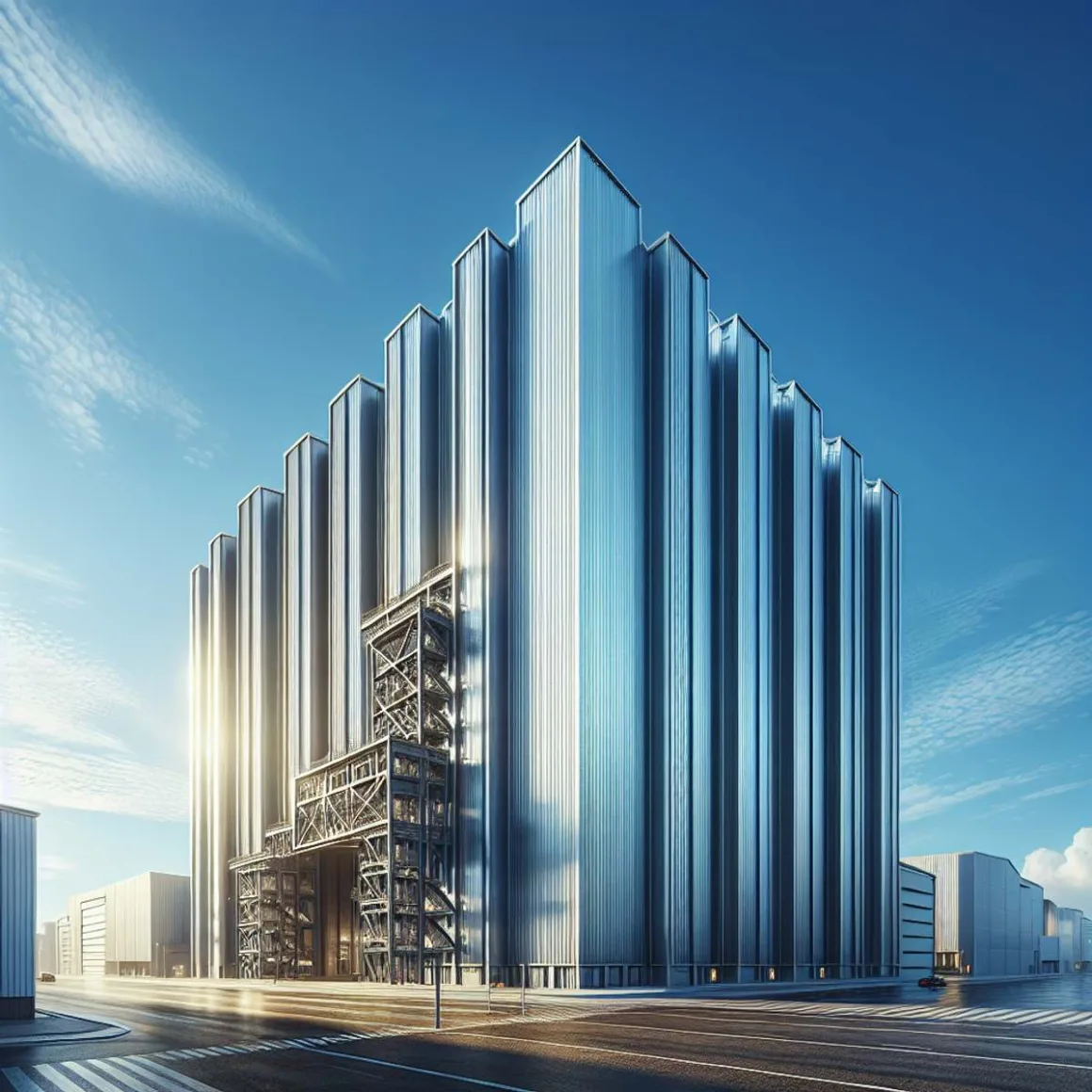
Metal buildings come with their own set of advantages when it comes to insurance coverage. Due to their inherent characteristics, such as non-combustibility and durability, these structures are often perceived as lower risk by insurance companies.
Insurance may not be the most exciting topic, but when it comes to metal buildings, it’s like finding a hidden path to long-term savings—seriously, who knew? Metal buildings aren’t just strong; they’re like the superheroes of the construction world, and insurance companies absolutely love them. Why? Well, they’re less likely to be affected by the dangers that keep insurers up at night.
Key Factors Contributing to Economic Viability:
- Durability Against Elements: Metal is known for being able to withstand fire, earthquakes, hurricanes, and even termites (because apparently, termites have standards). This strength means fewer insurance claims and lower premiums for owners. It’s a win-win situation where you get peace of mind and save money.
- Superior Fire Resistance: Speaking of fires, metal buildings are like having a built-in fire extinguisher—they don’t easily catch fire. This means insurance companies are often willing to offer lower rates since there’s less risk of significant damage.
- Lower Liability Risks: These structures aren’t just resistant to disasters; they also tend to have fewer accidents during construction due to their prefabricated nature. Less risk during the building phase means fewer liability issues—something insurers appreciate.
Case Studies Highlighting Significant Cost Savings:
Imagine this scenario: A business owner switches from traditional wood-framed construction to a sleek new metal building. Not only does the cool factor increase significantly (figuratively speaking) but also the insurance premiums decrease rapidly. Real-world cases show savings can be substantial over time due to reduced claims and maintenance costs.
Insurance Benefits That Contribute to Cost-Efficiency:
Now let’s explore some specific advantages of insurance for metal buildings:
- Enhanced Protection Levels: Insurers may offer more comprehensive coverage options for metal buildings because they trust their durability. These options could include specific coverage for decorating styles that complement your metal building’s aesthetic and functionality.
- Longevity Equals Loyalty: The longer lifespan of metal buildings can lead to long-term relationships with insurers. They might reward your loyalty with premium discounts or other perks as time goes on.
- Customized Coverage Options: Given their unique qualities, metal buildings can sometimes benefit from tailored insurance policies that better match their risk profile—and yes, that can mean cost savings! This is especially true when converting your garage into an income property. In such cases, exploring a comprehensive garage conversion guide alongside considering insurance implications would be prudent.
When planning your next building project, considering how it will impact your insurance costs is just smart thinking. Whether it’s for a swanky new home addition or transforming your garage into an income property, understanding these benefits could make all the difference in making an informed decision.
A wise investor knows that looking at immediate price tags without considering long-term savings is like buying a car based solely on color; it misses the bigger picture. With metal buildings standing strong against many risks that affect other structures, they offer a financial shield in the form of reduced insurance costs—a shield so impressive even superheroes might be envious. And who wouldn’t want superhero-level protection for their investment?
2. Maintenance Costs: Metal Buildings vs. Traditional Structures
When it comes to construction, smart builders and investors are always looking for ways to get the best value without compromising on quality. Enter metal buildings, the champions of cost-efficiency in the construction world. Let’s take a closer look at maintenance costs and compare these strong structures to their traditional counterparts.
Understanding the Maintenance Landscape of Different Building Types
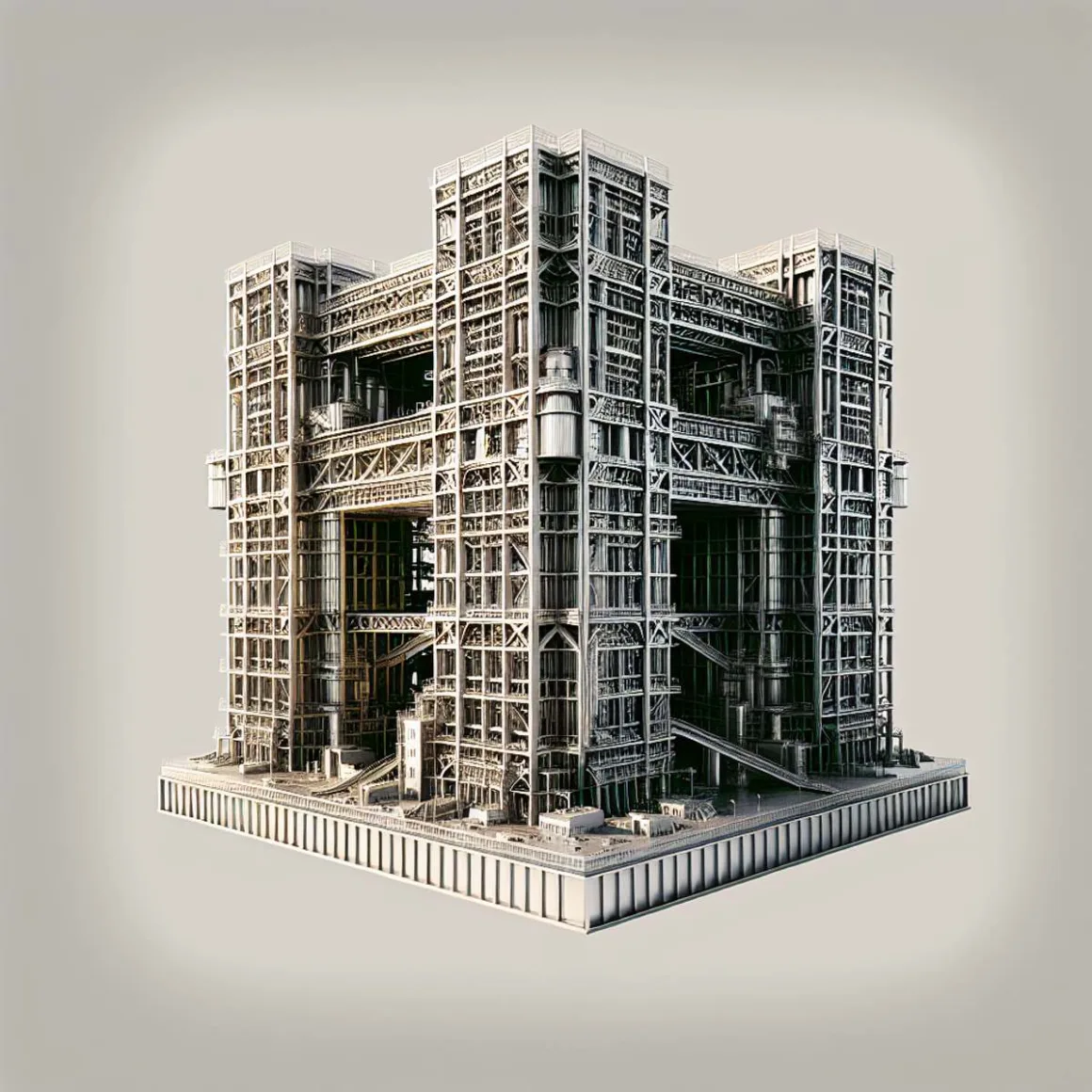
First, let’s start by understanding what maintenance really means for buildings. Maintenance costs include a wide range of expenses — from small repairs to big renovations — all aimed at keeping a building functional and looking good over its lifetime.
Metal Buildings
Known for their durability, metal buildings are great at resisting common issues like rot, pests, and mold. This means fewer repair jobs and less need for cosmetic touch-ups.
Traditional Structures
Wood-framed and other traditional building materials are more prone to wear and tear. They can be damaged by termites, warped by moisture, and even pose fire risks, which can all result in more maintenance work.
Comparative Analysis of Maintenance Expenditures for Metal Buildings and Conventional Structures
Let’s break it down with some facts:
- Reduced Repair Costs: Metal is tough and doesn’t easily break under pressure. While traditional structures might require fixes for problems like a cracked foundation or water damage, metal buildings often avoid these expensive repairs.
- Longevity Saves Money: Metal buildings can last over 50 years, outliving traditional structures by decades. This means long-term savings as you won’t have to pay for a new roof or structural support anytime soon.
- The Paint Factor: Advanced coatings used on metal buildings eliminate the need for frequent repainting. Traditional buildings, on the other hand, may require painting more often.
Thinking ahead about potential home renovations? A strategic choice could save money while making your abode beautiful. Check out some savvy tips here.
Now, while we’re looking at numbers, let’s consider the impact of environmental conditions:
- Climate Considerations: In areas with severe weather, metal buildings prove their strength by standing firm against strong winds and heavy snow loads. Traditional structures might need extra weatherproofing or repairs after extreme weather events.
- Fire Resistance: Metal’s high melting point makes it naturally fire-resistant, potentially leading to lower insurance costs and less chance of having to rebuild due to fire damage.
And when you want to make changes to your building:
- Easier Remodeling: Metal buildings offer more flexibility in their structure, making them easier (and often cheaper) to remodel or expand compared to traditional structures. So when you want to give your space a new look or purpose, metal buildings can adapt without costing a fortune.
For those navigating contractor negotiations for home improvements or maintenance work, securing the right price can be as much an art as it is a science. Gain some insight on how to ace that process right here.
In simple terms, choosing metal over traditional materials could be like choosing a reliable horse over a high-maintenance racehorse — both will get you where you need to go but expect far fewer stops with the former.
So there you have it! The details on maintenance costs show metal buildings as the winners in cost-effectiveness. As we continue exploring the many financial benefits of metal buildings, we’ll delve into their energy efficiency, which can lead to significant savings on utility bills.
Additionally, we’ll explore the long-term durability of metal structures and how they can potentially increase the resale value of your property. So if you’re looking for a smart investment that combines affordability, versatility, and longevity, metal buildings are certainly worth considering.
Stay tuned for more valuable insights on this topic!
3. Using Tax Incentives to Boost Returns on Metal Building Investments
When it comes to metal buildings, they offer more than just durability and energy efficiency. As an investor or business owner, you can take advantage of tax incentives provided by the government to make your investment in metal buildings even more profitable.

Understanding Tax Policies That Support Metal Construction Methods
Tax policies can be complicated, but understanding them can help you make the most of your investment. Governments often use tax incentives to encourage practices that are good for the public or the environment. In the case of metal buildings, these structures align with sustainability goals and energy efficiency initiatives, leading to various tax benefits.
1. Depreciation Allowances
Metal buildings can qualify for accelerated depreciation, which means you may be able to deduct their cost at a faster rate than traditional buildings. This is a legitimate method approved by the IRS to reflect the building’s actual economic life.
2. Energy Efficiency Breaks
If your metal building includes energy-saving systems or uses renewable energy sources, you could be eligible for tax credits that directly reduce your owed taxes dollar-for-dollar.
Making the Most of Tax Incentives for Cost Savings
To maximize these cost savings, it’s important to have a strategic approach. Working with a tax professional who understands the intricacies of tax laws can help ensure you’re taking full advantage of available incentives.
Here are some examples of tax incentives that could benefit you:
- Energy-Efficient Commercial Building Deduction: Businesses that implement systems reducing total energy and power costs by 50% or more compared to standard buildings may qualify for a deduction. Here is more information on this deduction.
- Bonus Depreciation: Under certain conditions, businesses may be able to immediately deduct a percentage of the cost of eligible property in the year it’s placed into service—this includes certain types of metal buildings.
- Renewable Energy Tax Credits: Installing renewable energy systems in your metal building (like solar panels) could land you some hefty tax credits.
The Power of Strategic Planning for Tax Incentives
To illustrate, imagine installing high-insulation metal panels and solar-powered heating systems in your new warehouse. Not only do these features lower your operational costs by reducing energy bills, but they also meet criteria that could unlock valuable tax credits.
The key takeaway? Instead of seeing taxes as a burden, consider them as an opportunity to make your metal building investment even more financially beneficial.
When undertaking any maintenance activities or upgrades on your property, having the right tools at hand is essential. It doesn’t hurt to keep an eye on resources like essential tools for DIY home maintenance that can help ensure those small tweaks don’t turn into big expenses down the line.
So there you have it—the secret to maximizing the returns on your metal-building investments lies in understanding and leveraging tax incentives. With careful planning and utilization of available opportunities, you can make your investment shine brighter on your balance sheet while also contributing to a sustainable future. So, don’t let tax season intimidate you. Instead, embrace the potential savings and benefits that can be unlocked through strategic planning and utilization of tax incentives for your metal building projects.
Conclusion
Exploring the world of metal buildings reveals a landscape full of smart financial choices and environmentally friendly designs. When looking at the cost of construction, it’s important to use a lens that goes beyond just the price. This way of thinking helps us see all the many benefits of metal buildings that make them a cost-effective choice in the long run.
As we delve into the life cycle of a metal structure, we discover not only immediate savings but also lasting value:
- Energy Efficiency: Metal buildings are incredibly efficient, thanks to their excellent insulation and sustainable materials. This means lower energy bills over time.
- Maintenance: Metal buildings require less upkeep and fewer repairs compared to traditional buildings, making them easier and cheaper to maintain.
- Insurance Benefits: These structures are built to be strong and resilient, which often leads to lower insurance premiums due to reduced risk factors.
- Tax Incentives: Smart investors can take advantage of tax policies that specifically benefit metal constructions, adding even more financial appeal.
It’s time to start thinking about the future. By making decisions based on long-term costs, both investors and builders can make the most of the incredible advantages that metal buildings offer. Here’s to creating a future that’s as strong and long-lasting as the metal foundations we choose!
FAQs (Frequently Asked Questions)
Metal buildings offer long-term savings through energy efficiency and sustainability benefits, which help reduce operational costs over time. Additionally, they come with unique insurance advantages that contribute to cost efficiency.
Energy efficiency and sustainability play a crucial role in reducing the long-term operational costs of metal buildings. By incorporating sustainable practices in the design, these buildings achieve environmental and financial sustainability.
Metal buildings provide unique insurance advantages that contribute to cost efficiency. Understanding the long-term savings in building investments and key factors contributing to economic viability is essential for risk mitigation.
Understanding the maintenance landscape of different building types is crucial. A comparative analysis shows that maintenance expenditures for metal buildings are generally lower than those for conventional structures.
Exploring taxation policies that encourage the use of metal construction methods is essential. Maximizing cost savings through strategic utilization of tax incentives can significantly enhance financial returns on metal building investments.



